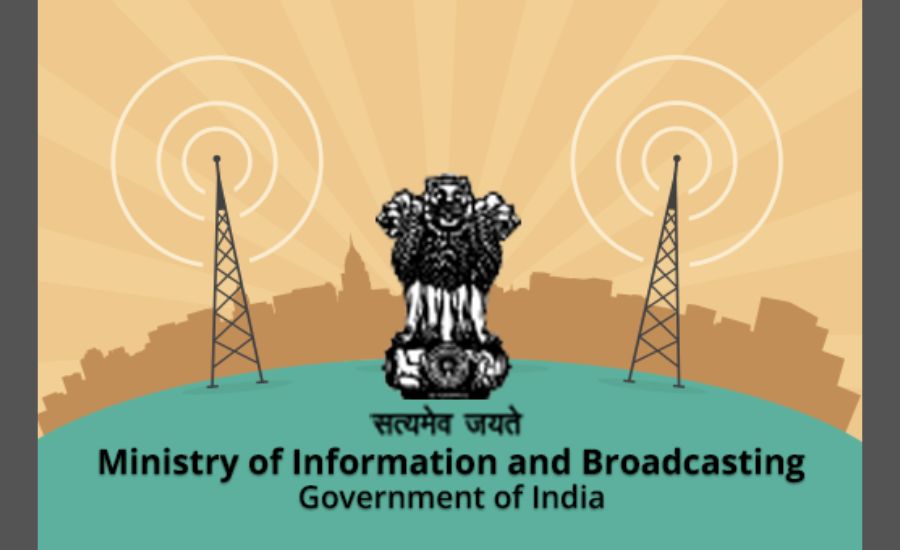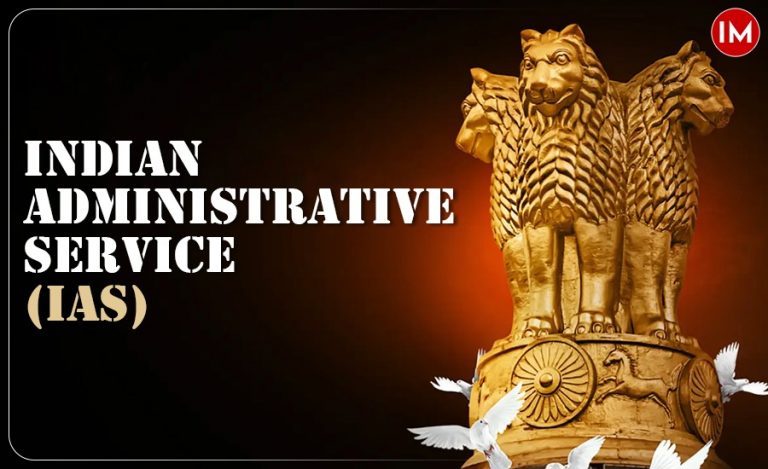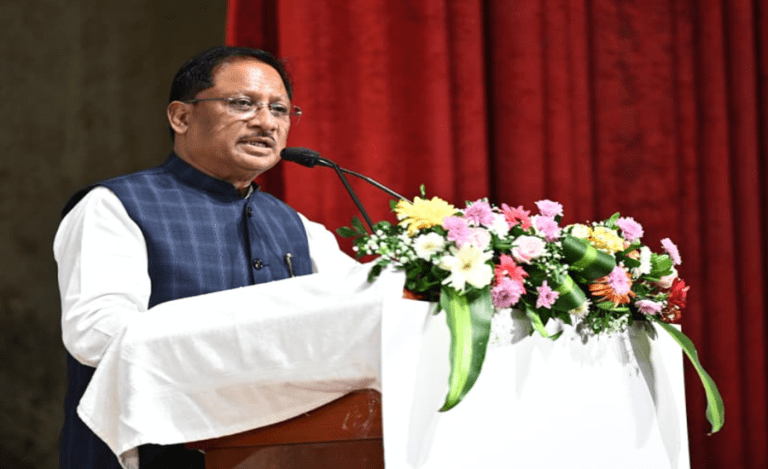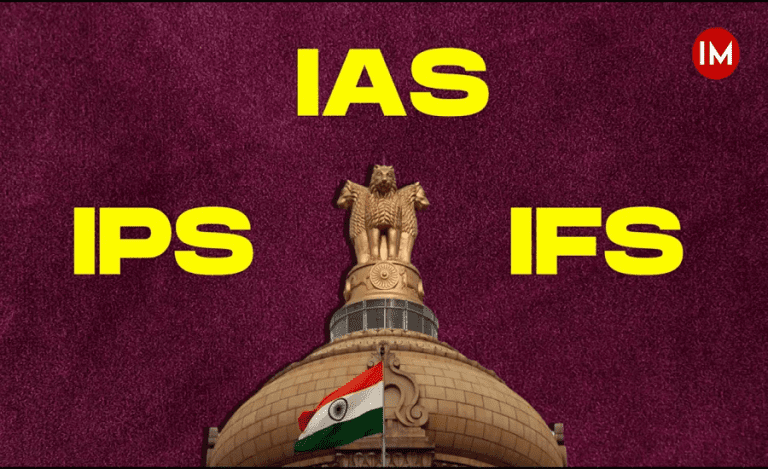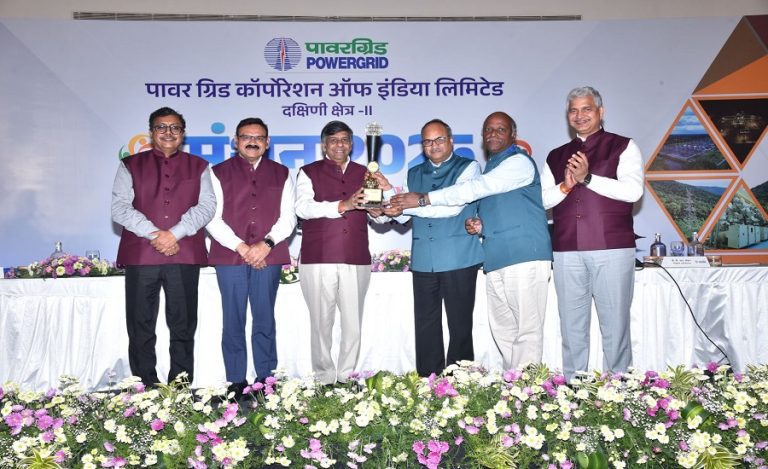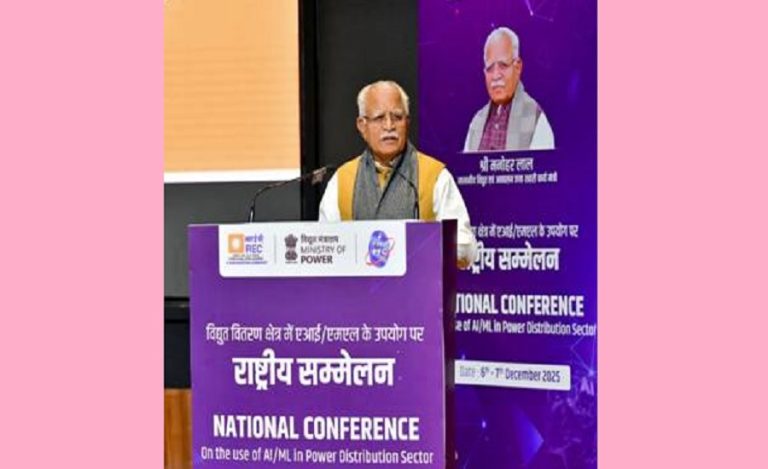New Delhi: In a major decision to bolster India’s traditional media landscape, the Ministry of Information & Broadcasting has approved a 26% increase in print-media advertisement rates for government campaigns, accompanied by a new premium structure for colour ads and preferential placement. This marks a significant gesture towards stabilising the print media sector at a time when many publications are under pressure from rising input costs and the shift of advertising budgets to digital platforms.
Background of Government Print Advertisement Rate Hike
The last upward revision of government advertisement rates for print media — conducted through the Central Bureau of Communication (CBC) under the Ministry — was in January 2019, under the 8th Rate Structure Committee (RSC). With validity of the previous rates having expired and print publishers reporting rising costs (newsprint, processing, wages) and declining ad revenues, the Government constituted the 9th RSC on 11 November 2021 to review the structure.
The Committee submitted its recommendations on 23 September 2023 after stakeholder consultations involving the Indian Newspaper Society (INS), All India Small Newspapers Association (AISNA) and Small‑Medium‑Big Newspapers Society (SMBNS).
Importance of the Government Print Advertisement Rate Hike Move
Revenue support for print media: By increasing the base rate from Rs 47.40 per sq cm (for one lakh copies of dailies in black & white) to Rs 59.68 — a 26% jump — the government acknowledges the economic pressures faced by print publishers.
Recognition of the value of print media: In the age of digital uptick, the decision signals that print remains a trusted platform — especially in regional and vernacular markets. Industry commentary notes that regional print editions still command high credibility.
Boost to small & medium publications: These outlets, often reliant on government ad revenue, stand to gain relative relief, enhancing their viability during a market shift.
Strategic communication tool for the government: With improved rates and premium options for colour and special position ads, the government can enhance its outreach efforts and campaigns across print media.
Key Challenges to Watch
- It remains to be seen whether the full benefit of the rate hike will be transmitted to smaller publishers, or whether agencies and intermediaries absorb margins.
- While the rate hike boosts print, the broader trend remains digital growth. Print media needs innovation (e.g., QR-enabled ads, integrated digital/print formats) to stay competitive.
- With the previous round delayed and the notification tied to electoral cycles (Model Code of Conduct), timely rollout is crucial.
- Input costs (even though some have eased) such as newsprint, logistics and labour remain volatile.
Major Implications
For publishers: Increased government ad revenue stream could stabilise many regional or smaller newspapers, enabling improved content investment and staff retention.
For advertisers & agencies: The revised cost structure may lead to recalibration of media-mix — especially when weighing print vs digital channels. As one industry voice noted, a higher rate “does not alter the underlying shift of budgets to digital“.
For readers & democracy: A healthier print ecosystem supports local journalism, regional reporting and diversity of voices — important for democracy, social accountability and information dissemination.
For the government’s outreach strategy: Premium colour ads and preferential positions enhance the visibility and effectiveness of campaigns — improving public communication of schemes and policies.
Way Forward
- The I&B Ministry should publish clear guidelines (rates, premium slabs, eligible publications) and ensure timely implementation across categories of newspapers.
- The Government might consider periodic reviews (e.g., biennial) of ad rates linked to input cost inflation, newsprint indices and circulation metrics to avoid lags.
- Publishers should develop hybrid models combining print reach with digital extensions (interactive ads, QR codes, social media tie-ins) to maximise campaign impact.
- Targeted support programmes (training, content innovation, local advertising linkages) can complement the rate hike and ensure sustainability.
- As print gets a boost, reform in TV/TRP measurement, radio regulation and DTH services (which were also flagged) should proceed to create a level playing field across conventional media.
Read Also: IAS Armstrong Pame will take charge as Deputy Secretary in Ministry of Information & Broadcasting

